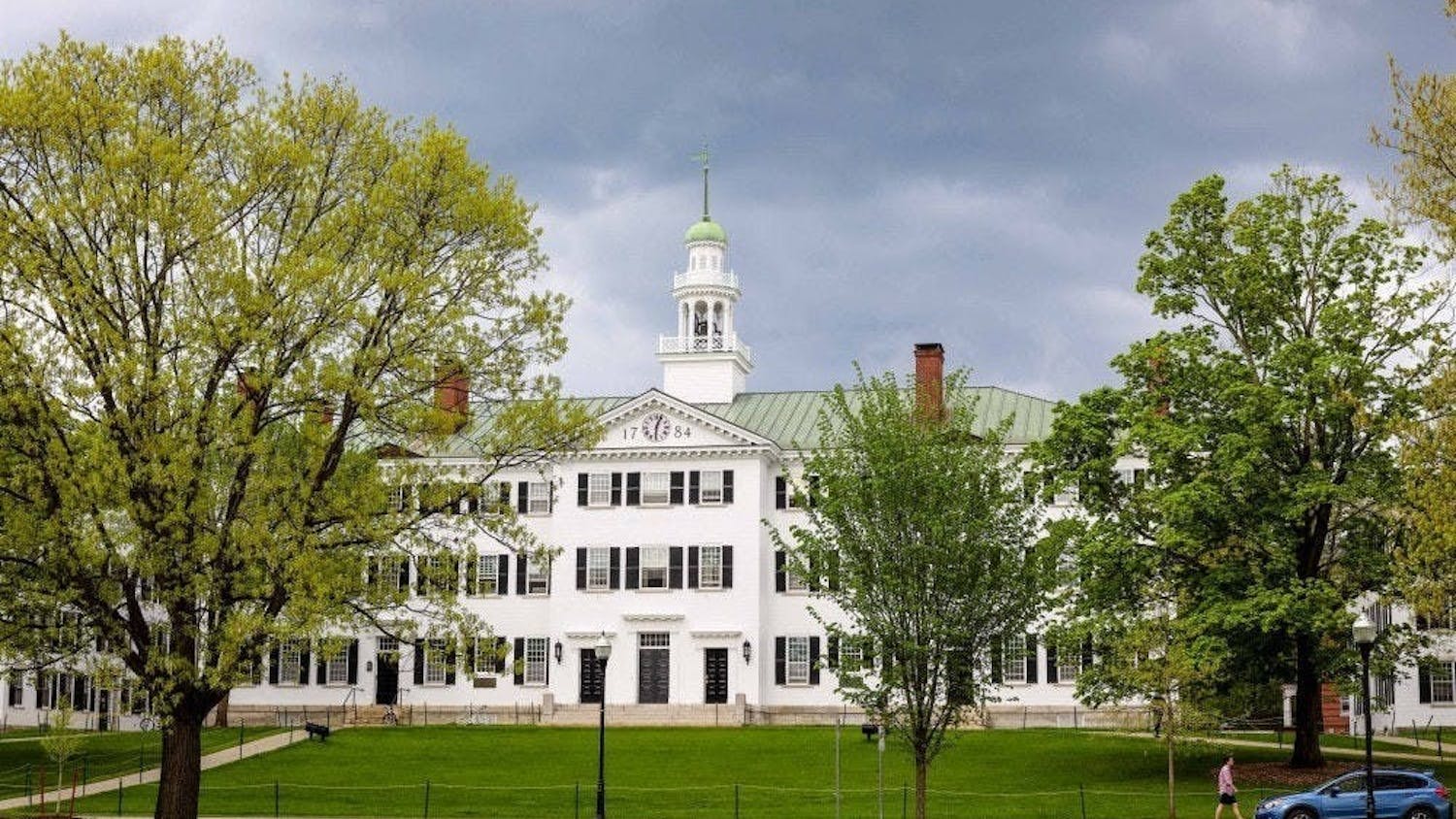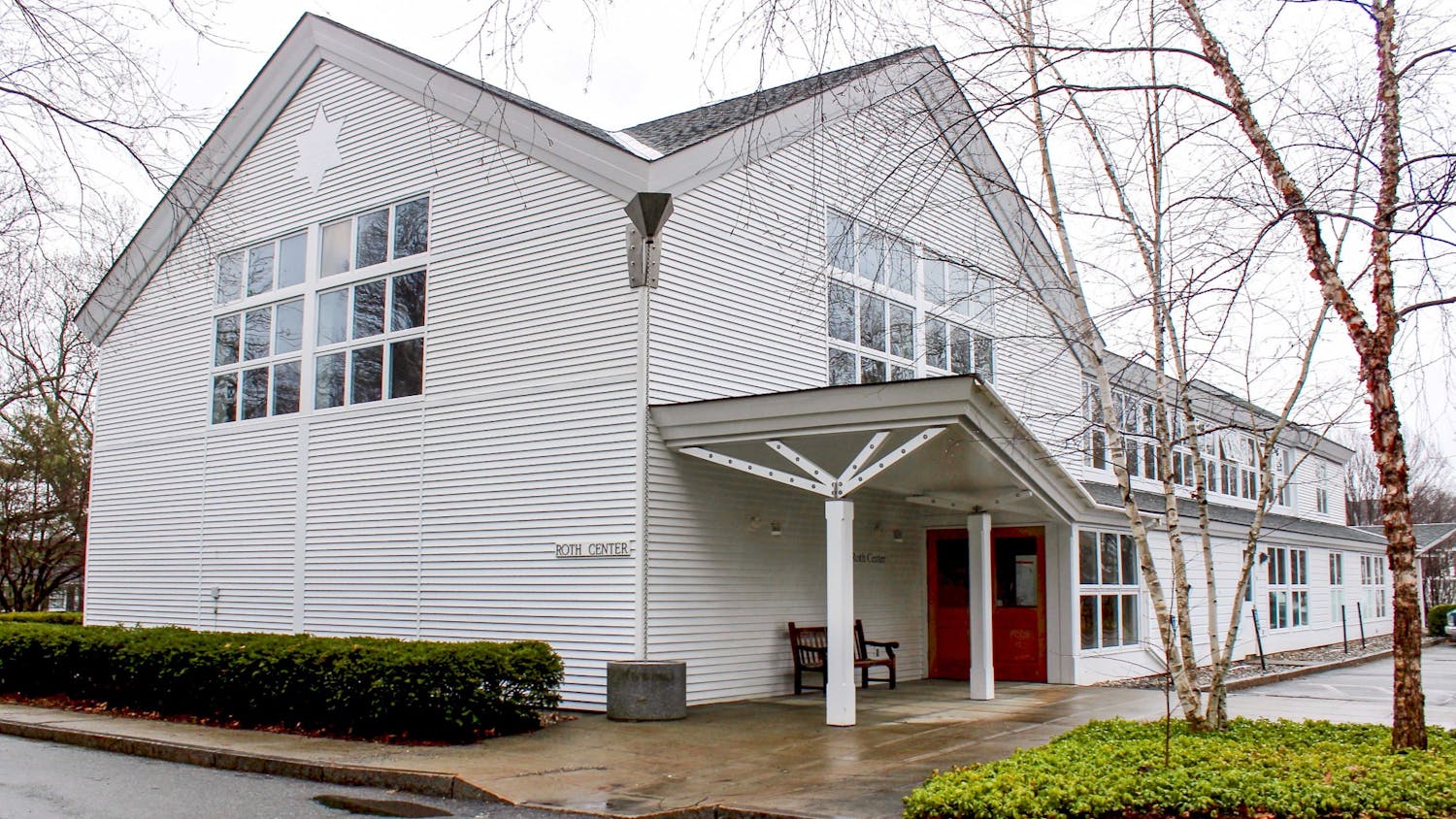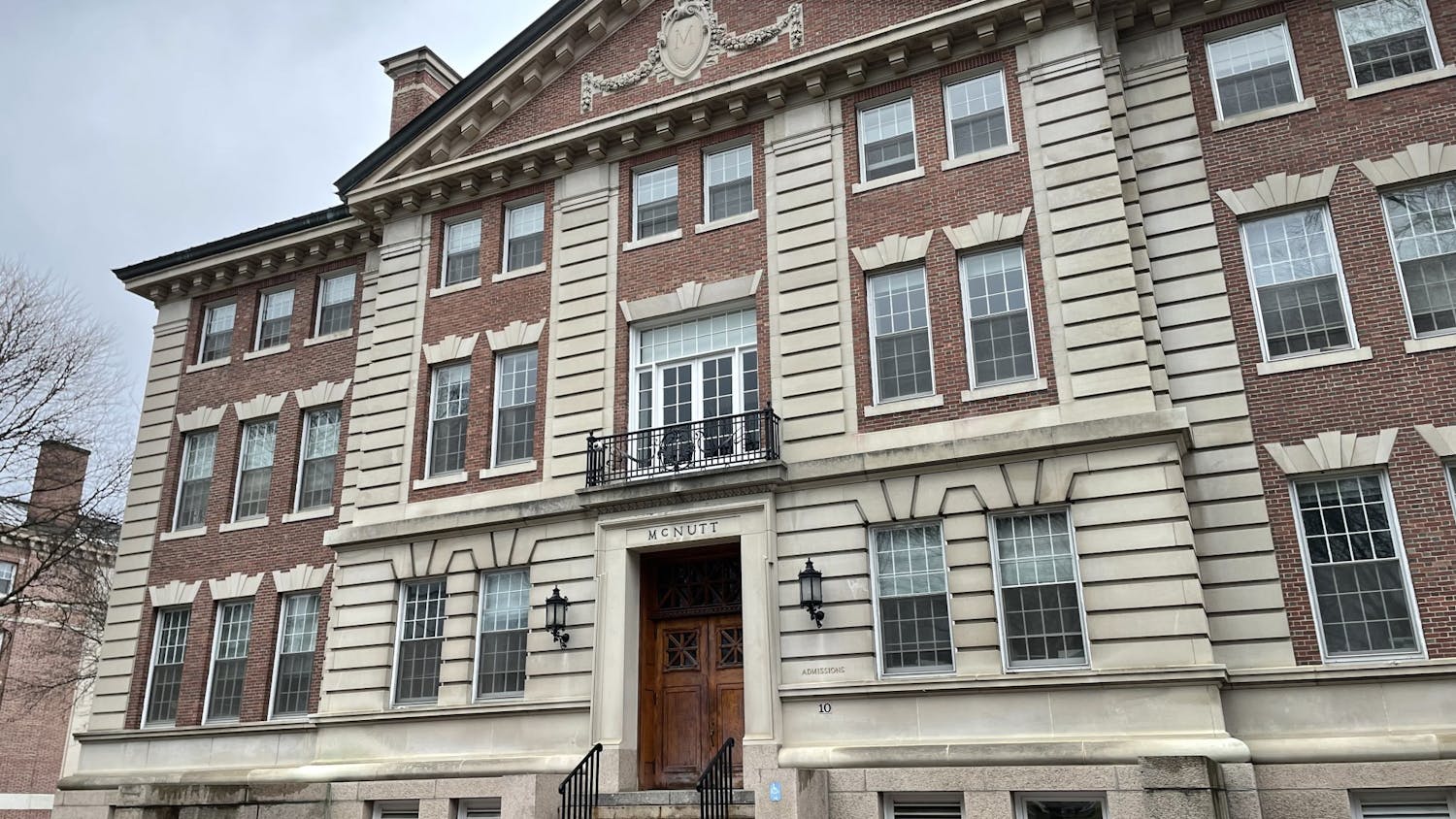Called the "Toms Shoes of electricity" by technology website Gizmodo, the LuminAID a portable, inflatable solar lamp designed by Anna Stork '08 is generating excitement and funding from both outdoor enthusiasts and international disaster relief organizations, Stork said in an interview with The Dartmouth. LuminAID employs a "give one, get one" model, similar to that used by Toms, in which customers pay $25 to buy a LuminAID lamp for themselves and send one to individuals across the globe who would otherwise be unable to afford lighting, Stork said.
The LuminAID, which resembles a plastic bag with a handle, is a "really simple" product that consists of a solar panel, bright LED lights, a switch and a thin rechargeable battery similar to those found in cell phones, Stork said. The plastic bag inflates to diffuse the LED light and reduce the glare, she said. The company has manufactured 50 prototypes of the product and plans to produce additional units in the coming months.
Stork and LuminAID Lab co-founder Andrea Sreshta launched a fundraising campaign Nov. 1 on the website IndieGoGo in order to "spread awareness and include other people in the process," Stork said. Over 530 people have pledged money to the campaign, which has already raised over $25,000, easily surpassing the company's initial of goal of $10,000, Stork said.
When a donor makes a pledge, LuminAID sends one lamp to that donor and sends a certain number of lamps to India, Laos, Uganda and Namibia, where LuminAID has partnered with local non-profit organizations that have existing networks through which they can distribute the lights, Stork said.
"We want to market it to outdoor recreationalists and socially-minded consumers as a camping lantern or a light to put in a first-aid kit," she said. "Then each light sold in that market will subsidize a light to one of our target customers in a developing country that we really want to get the light to."
While Stork and Sreshta's current plan focuses on distributing lights to backers and their community partners by January 2012, several disaster relief organizations, non-governmental organizations and government agencies have also contacted LuminAID to express long-term interest in the product, Stork said. These organizations range in focus from education to medical relief, according to Sreshta.
"We got a lot of interest from many different types of organizations, and I think that speaks to the usefulness of the light and also the extent to which people don't have it," Sreshta said. "In our daily lives it's easy to take something as simple as [light] for granted."
An enormous demand for low-cost lighting exists among residents living in developing countries, Stork said.
"Roughly one in five people in the world don't have any access to electricity, and the majority use kerosene as their primary source of light," Stork said. "Kerosene lanterns are horrendous for your health and also really expensive."
Using kerosene lanterns for one night has health repercussions roughly equivalent to smoking two packs of cigarettes, according to Stork. The need for artificial lighting causes some individuals to spend "something like 30 percent" of their annual income to keep their kerosene lanterns working, she said.
"In terms of health and also in terms of just being able to save some of their money, a rechargeable light is a really good option for a lot of people," Stork said.
The LuminAID lamp packs flat and is lightweight and waterproof, she said.
"In a lot of disaster situations you have extreme flooding and so it comes in handy that it's waterproof and can float," Stork said.
The LuminAID has a high and low setting and functions as a reading lamp as well as a safety light or night light, Sreshta said. It produces light for up to six hours after charging in the sun for two or three hours, she said.
"It doesn't need to be plugged in or maintained in any other way it's an all-in-one product," Sreshta said.
While the product currently costs approximately $6 to produce, the company plans to scale up production and further reduce costs, Stork said.
Stork's original idea for LuminAID arose during a class project at Columbia University's Graduate School of Architecture, Planning and Preservation, she said. During her second year at Columbia, Stork focused on designing disaster relief aid infrastructure for Haiti in the wake of the 7.0 earthquake that struck Port-au-Prince in January 2010. Her investigation of solar technology use in relief efforts eventually led her to the LuminAID project, according to Stork.
"Eighty percent of Haitians didn't have access to electricity even before the earthquake," she said. "The Clinton Foundation was shipping solar-powered flashlights that cost $15 to manufacture, and was only able to ship 20,000 because they were so bulky and expensive."
Stork and Sreshta, her classmate, considered this approach "silly" given that "you can buy garden solar lights at Walmart for one dollar," Stork said. The pair focused on creating a product that could be "cost-effectively shipped right after a disaster" and "easily distributed," Stork explained.
After a semester of prototyping and conducting research, they developed the LuminAID and applied for a patent in June 2010 through Columbia Technology Ventures, Stork said. With the help of Columbia business student Ianitza Ianachkova, Stork and Sreshta began entering their business model into entrepreneurial competitions, Stork said.
The pair won the Columbia Venture Competition and reached the final round in other prominent competitions, including the Global Social Venture Competition and the Pipeline Fellowship, according to Stork.
This June, Stork and Sreshta travelled to India to test the LuminAID in schools without electricity, she said.
"It helped us realize that such a simple product could make such a big difference to so many people," Stork said. "There are other solar products in distribution but there isn't really anything out there that is working quite right."
By the time other products "reach the people," many of them are too expensive to be practical, she said.
The light is also valuable as a tool for educating children about solar energy, Sreshta said.
LuminAID Lab partnered with Root Alliance, a student organization at Columbia University, that will continue to research LuminAID's youth accessibility at schools and small businesses in Rajasthan, India, according to Stork said.
While at Dartmouth, Stork was interested in the intersection of design and technology and majored in engineering modified with studio art, she said.
"What was great about my major was that it gave me the flexibility to combine a lot of hard science courses with some really interesting design and creative courses in the studio art department," she said. "I was able to hone both my skills."
Stork's experience combining smart engineering concepts with design helped turn the idea for LuminAID into a reality, Sreshta said.
Faculty members interviewed by The Dartmouth said Stork was a multi-talented and enthusiastic student.
Stork was "very clever and articulate," according to Benoit Cushman-Roisin, a professor at the Thayer School of Engineering who taught Stork in his Introduction to Environmental Engineering course.
"Dartmouth should be proud of her," Cushman-Roisin said. "It's heart-warming to see a student who really cares about poor people and who wants to improve their lives by bringing them light. It is a very clever invention and has the potential to go far."
Stork's time at Dartmouth illustrates "what the interdisciplinary approach of a liberal arts education offers," studio art professor Karolina Kawiaka said.
"I'm not surprised that she would create a product that is creative and addresses a social need," Kawiaka said. "It's something I would have expected of her."
As an undergraduate, Stork played club lacrosse, was a member of Kappa Kappa Gamma sorority and was involved in the Thayer community, she said.



